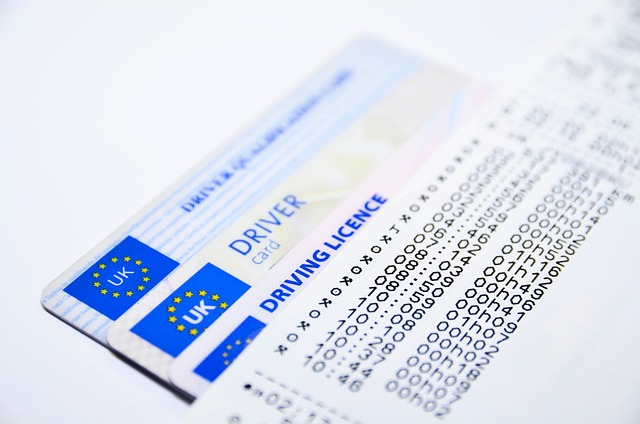
If you’re a new driver in Ontario, the process of getting your driver’s license can seem daunting. There are three levels of driver’s licenses in Ontario: beginner, graduate, and full.
Each level has its own set of rules and restrictions, and it is important to understand the differences between them.
A driving school is a place where individuals can learn the skills and knowledge necessary to obtain a driver’s license. These driving schools near me in Ontario typically offer Driver lessons in driving theory, traffic laws, and practical driving skills.
“Good Drivers” the driving school in Brampton, offers the opportunity to students to practice driving on a variety of roads and in different conditions. Upon completing a driving program from “the Good Drivers” the best-Driving instructors near me, individuals become able to take the driving test and obtain their license.
Here is a breakdown of Ontario’s three levels of driver’s licenses:
Beginner’s License (G1)
In Ontario, the beginner’s license is the first stage of the province’s graduated licensing system. To be eligible for a beginner’s license, you must be at least 16 years old and pass a written test about the rules of the road and traffic signs.
Once you have a beginner’s license, also known as a G1 license, you are allowed to drive a car, but only when accompanied by a fully licensed driver who has at least four years of driving experience. You are not allowed to drive on 400-series highways or between midnight and 5:00 a.m.
The purpose of the beginner’s license is to allow new drivers to gain driving experience in a supervised setting before they are allowed to drive on their own. New drivers need to remember that driving is a serious responsibility and that they should always follow the rules of the road and practice safe driving habits.
After you’ve had your G1 license for at least 12 months (8 months if you’ve completed a ministry-approved driver’s education program), you can move on to the next level: the G2 license.
Graduated License (G2)
In Ontario, the graduated license is the second stage of the province’s graduated licensing system. To be eligible for a graduated license, also known as a G2 license, you must have held a beginner’s license for at least 12 months and have passed a driving test.
With a graduated license, you are allowed to drive on your own, but you are subject to some restrictions. You cannot drive with more passengers than there are seat belts in the vehicle, and you are not allowed to drive between midnight and 5:00 a.m. unless a fully licensed driver accompanies you.
The purpose of the graduated license is to allow new drivers to gain more driving experience in a less restricted environment before they are eligible for a full license. Drivers with a graduated license need to remember that they are still relatively inexperienced and should always follow the rules of the road and practice safe driving habits.
After holding a graduated license for 12 months and passing a road test, you can apply for a full license, which allows you to drive without any restrictions.
Full License (G)
In Ontario, a full license is the final stage of the province’s graduated licensing system. To be eligible for a full license, you must have held a graduated license for at least 12 months and have passed a road test.
With a full license, you are allowed to drive on your own without any restrictions. You are not subject to any passenger limits or time of day restrictions, and you are allowed to drive on any road or highway in Ontario.
The purpose of the full license is to recognize that you have the knowledge, skills, and experience necessary to drive safely on your own. However, it’s important to remember that driving is a lifetime learning experience and that you should always follow the rules of the road and practice safe driving habits.
It’s also worth noting that, even with a full license, you may still be subject to certain restrictions if you are convicted of certain traffic offenses or if you have a medical condition that affects your ability to drive safely. In such cases, the Ministry of Transportation of Ontario may place conditions on your license or suspend or revoke your license altogether. It’s important to remember that driving is a privilege, not a right, and it’s your responsibility to stay safe on the roads.
Obtaining or exchanging a driver’s license can be a time-consuming procedure, but the Ontario government has polished the system so that each step is clear, and there are several tools available to assist. We hope that this article was another helpful resource for you, whether you’re a novice driver preparing for your G1 written test, an adult finishing up your full G driving exam, or a new Canadian immigrant seeking to exchange your driver’s license from your native country. Best wishes!
Author Bio
I am Priya Varma, and I have been working as Content Writer at Rananjay Exports for past 2 years. My expertise lies in researching and writing both technical and fashion content. I have written multiple articles on Gemstone Jewelry like Opal Jewelry and other stones over the past years and would love to explore more on the same in future. I hope my work keeps mesmerizing you and helps you in the future.






